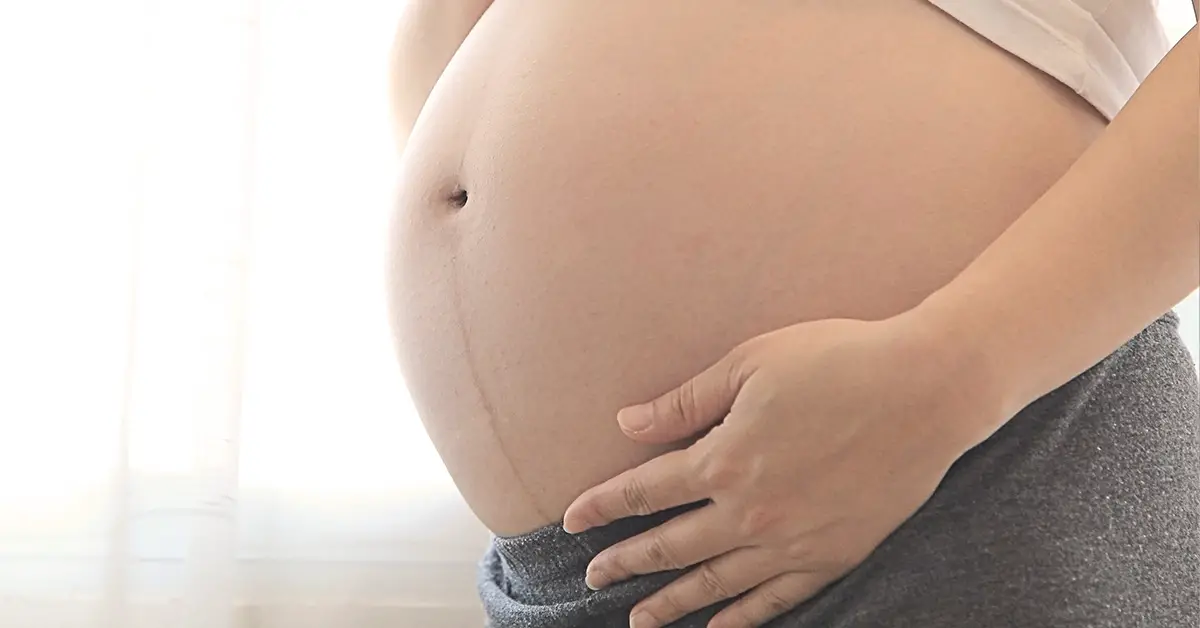Pregnancy is tough no matter how many babies you’re carrying, but it is certainly harder when you’re trying to grow three babies in one belly. This mom decided to get real about pregnancy and carrying triplets by showing her belly to the world. Her Instagram shines a light not just on multiples, but on pregnancy in general. (1)
Mom Shows Belly On Instagram To Show The Struggles Of Pregnancy
36-year-old Maria from Denmark and her partner had the surprise of their lives when, at 13 weeks gestation, they found out they would soon be parents to triplets. Already with a two-year-old son at home, this was certainly a shock. What shocked Maria about the pregnancy, even more, was how quickly and how big her belly grew. She decided to start sharing her experience on Instagram to shine a light on some of the realities of pregnancy and carrying multiples.
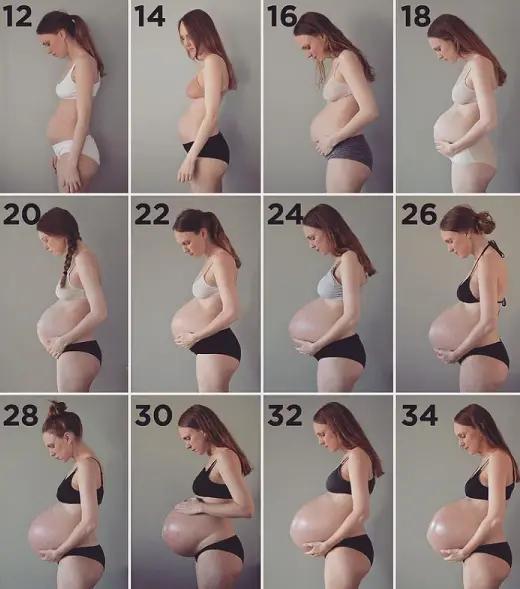
Read: 53-year-old mom and 31-year-old daughter give birth weeks apart to sisters
In her feed, she shared information about sudden attacks of dizziness, terrible nausea, pain and discomfort, and severe Braxton-hicks contractions (false labor pains). (2)
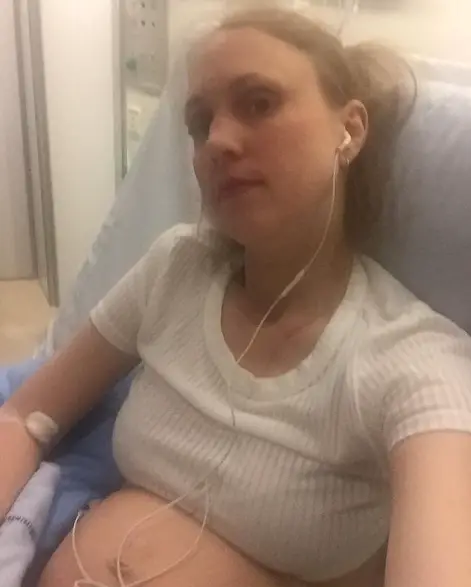
“Ended up at the hospital last friday and had to spend the night, because of heavy dizziness and nausea that kicked me out for 6 hours straight. Luckily it didn’t affect the babies, and I was fine again later that evening, but it gave me a fright. I really do have to slow down even more, and realize how big an effort my body is making in producing three babies…”
She talked about the difficulties of trying to be an effective mother to her son while trying to take care of her body and growing babies. In some of her posts, she talked about how she was a bit afraid of how much harder it would be to be present for her son when the babies eventually arrived.
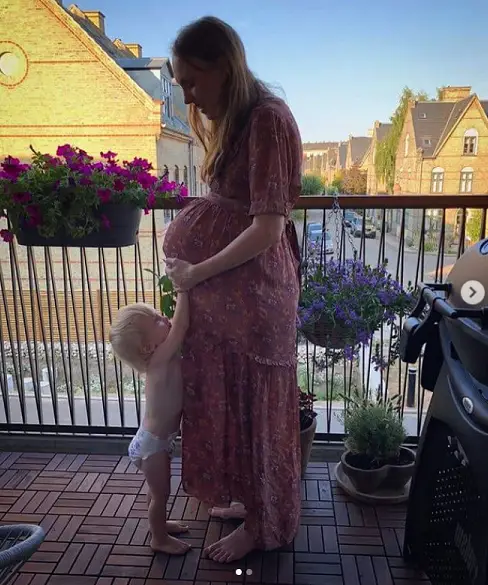
“Trying to prepare soon-to-be big brother Mikael for what’s coming, but hard to know how much he understands… He turns two in August. I already feel like I’m not there for him as much as I should because I’m always on the couch, so I am a bit concerned about how it will all be when the triplets arrive. Any good tips out there?”
Read: Boy Helping Dad Give Skin-To-Skin To Premature Twins Will Make You Smile
Pruritic Urticarial Papules and Plaques of Pregnancy
On top of it all, she shared her struggles with a bad skin rash called pruritic urticarial papules and plaques of pregnancy (PUPPP). This is a highly itchy skin rash that appears in the stretch marks in the late stages of pregnancy. It occurs in about 1 out of every 150 pregnancies, but doctors don’t yet know what causes it. While there are things you can do to manage it, the only cure is delivering your babies.
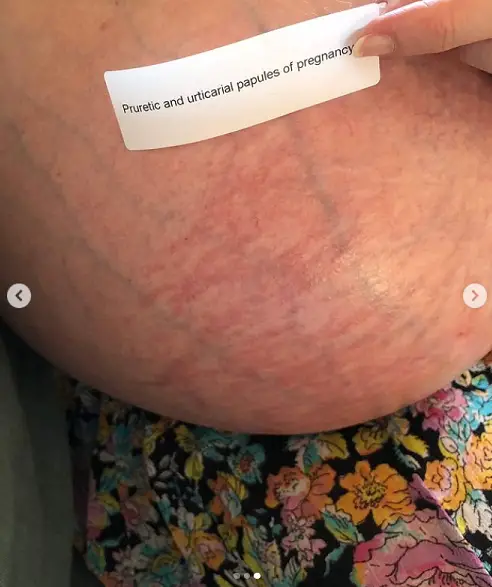
“The itching got worse, and suddenly I got a rash all over my belly,” Maria wrote on Instagram. “After a trip to a dermatologist, it turned out to be PUPPP (Pruritic urticarial papules and plaques of pregnancy). A fancy word for a terrible itchy rash that now has spread to my arms and legs as well, with no other cure then delivery! GREAT. Thank you body for that extra gift. Officially feeling sorry for myself. Any tips out there to prevent me from scratching myself to death? (Swear I try not to, but sometimes… )”
Symptoms of PUPPP Rash
PUPPP usually appears in the third stage of pregnancy, when the baby is growing the fastest. It is most common in first pregnancies and when carrying multiples because the skin stretches more. PUPPP starts on the stomach and within a few days will spread to the arms, legs, and backside. It looks like hives and will often form blisters. Eventually, parts of the rash come together to form large, red, plaque-like areas. (3)
Risk Factors For PUPPP
Some women are more likely to develop this rash than others. As already mentioned, you are more at risk during your first pregnancy or if you are carrying multiples. The risk factors for PUPPP include (4):
- Caucasian
- Pregnant with a boy
- Maternal hypertension (high blood pressure)
- Rapid or more than usual weight gain during pregnancy
Usually, the rash goes away one or two weeks after you deliver your baby, however, sometimes it takes several weeks. Products to help with the rash include:
- Moisturizers
- Steroid creams
- Antihistamines
- Itch-relieving baths
Sometimes the baby could also be born with a mild version of the rash, but it doesn’t pose a health risk and will go away. Usually, the rash will not reoccur, though there is a chance you could develop a milder version of it in future pregnancies.
Keep Reading: Pregnant Mom With 12-Hr Job Told She’s Neglecting ‘Wifely Duties,’ Tells Off Family, Asks If She’s Wrong
Sources
- “triplets_of_copenhagen.” Instagram
- “Braxton Hicks Contractions.” NCBI. Deborah A. Raines, Danielle B. Cooper. January 2021.
- “PRURITIC URTICARIAL PAPULES AND PLAQUES OF PREGNANCY.” AOCD
- “How to Identify and Treat PUPPP Rash.” Healthline. Rachel Nall, MSN, CRNA. March 16, 2016
